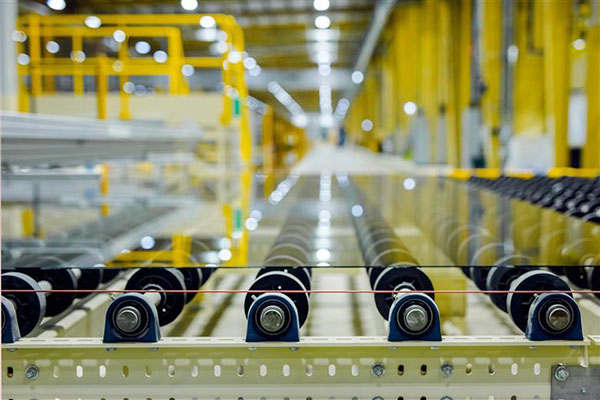
Guardian Glass is introducing a lower-carbon float glass to the European market. The new lower-carbon float glass, Guardian Nexa, can also be used as a base glass or laminated glass for Guardian high-performance products, including the Guardian SunGuard and the Guardian ClimaGuard ranges of coated glass products.
Product details
Gardian Nexa glass—developed through research and development, technical innovation and manufacturing expertise—can be used in a wide range of building facade applications and hopes to help reduce the embodied carbon of the built environment. When compared to Guardian's standard float glass production, the benefits of Guardian Nexa glass include:
- Reduced embodied carbon by more than 30% to approximately 7.0 embodied carbon per square meter (CO2e/m2) for 4-millimeter float glass
- Higher cullet content—from both internal and external sources
- No compromise on performance and aesthetics, similar to Guardian ExtraClear float glass
- Environmental stewardship
What Guardian says
"This is a significant accomplishment by our R&D and operations teams, achieved through a combination of ongoing innovation in manufacturing processes and the optimization of cullet use. It reflects our dedication to our environmental stewardship priorities, including improving energy efficiency and air emissions, and managing resources responsibly," says Guus Boekhoudt, executive vice president, Guardian Glass.
Environmental Product Declaration availability
Detailed environmental data on Guardian Nexa will be documented through an Environmental Product Declaration. This is currently under development and is expected to be available in Q2 2024. Since 2021, the scope of the EPDs for Guardian Glass products in Europe has been widened to consider CO2 emissions generated from production processes, increasing the level of transparency provided to customers.

